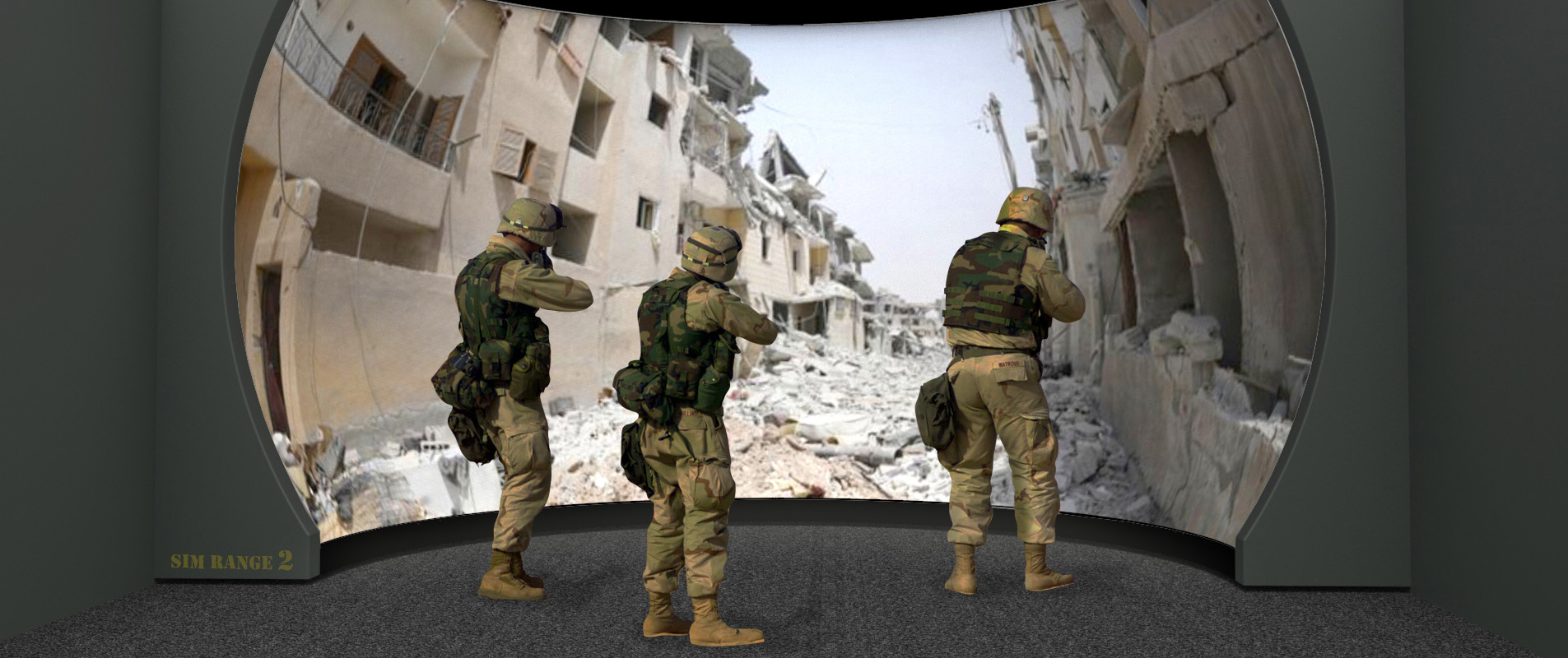How artificial reality is improving military training
Imagine employing artificial reality for military training exercises. While that may sound like something out of a comic book, it couldn’t be more real. Augmented reality or AR has been used by the military for decades. In fact, it’s where many of our contemporary AR technologies — think Instagram, TikTok, or Snapchat filters — have their origins.
The continuing developments of AR technology for armed forces operations can improve training exercises and increase preparedness in the field. And in fact the experiences soldiers have in augmented reality are revolutionizing the different branches of the military.
Changing the playing field
One of the most common types of AR in the military is tactical augmented reality or TAR. If you’ve heard the term “heads-up display” then you’ve heard of TAR. Heads-up displays increase operational freedom for pilots as the information they need is directly in front of them rather than split between different control panels.
During combat training, TAR can also have a positive impact on situational awareness, replacing handheld GPS, thereby solving the problem of soldiers having to pause and look down in order to utilize their navigational devices. AR has a variety of combat specific uses that can enhance firearm accuracy and safety as well as communication.
From artificial to reality
AR can also be used to make training more like actual combat. Artificial reality domes for military use may really seem like something out of science fiction, but they are in the works as a means to improve ground combat indoor training. By combining all aspects of AR and VR, these domes will be able to create an immersive experience for the soldiers of tomorrow.
Training effectiveness and cognitive abilities can be positively affected by TAR. Simulated missions can be rehearsed time and time again. Improving equipment, safety, and readiness in the field and the combat zone are just some of the benefits of AR. These technologies are the future of military development and warfare.

